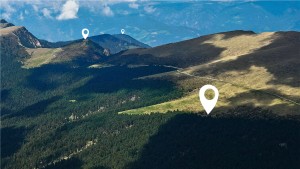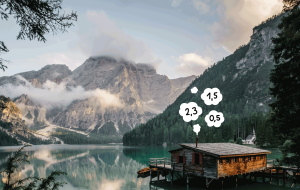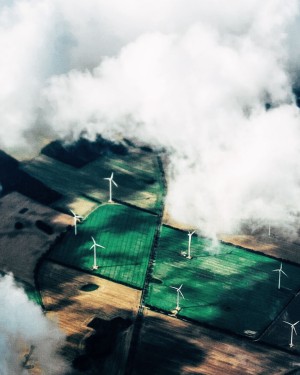Global electricity consumption? Rising. By 2024, the increase will be 4.3%. The highest figure in years. And who is driving this growth? 75% of it comes from solar energy – within the newly built renewable energy sources. In the EU alone, it is now the leading source of electricity. However, the more solar power plants there are, the more important it becomes to control them precisely. The problem is that spontaneous weather changes, especially locally occurring clouds, make short-term forecasts difficult. Traditional meteorology reaches its limits here.
Research is dominated by so-called SkyCams – special hemispheric cameras that look vertically into the sky. They deliver good results, but are expensive and rare. So we asked ourselves: Why not use what's already there? Public webcams.









